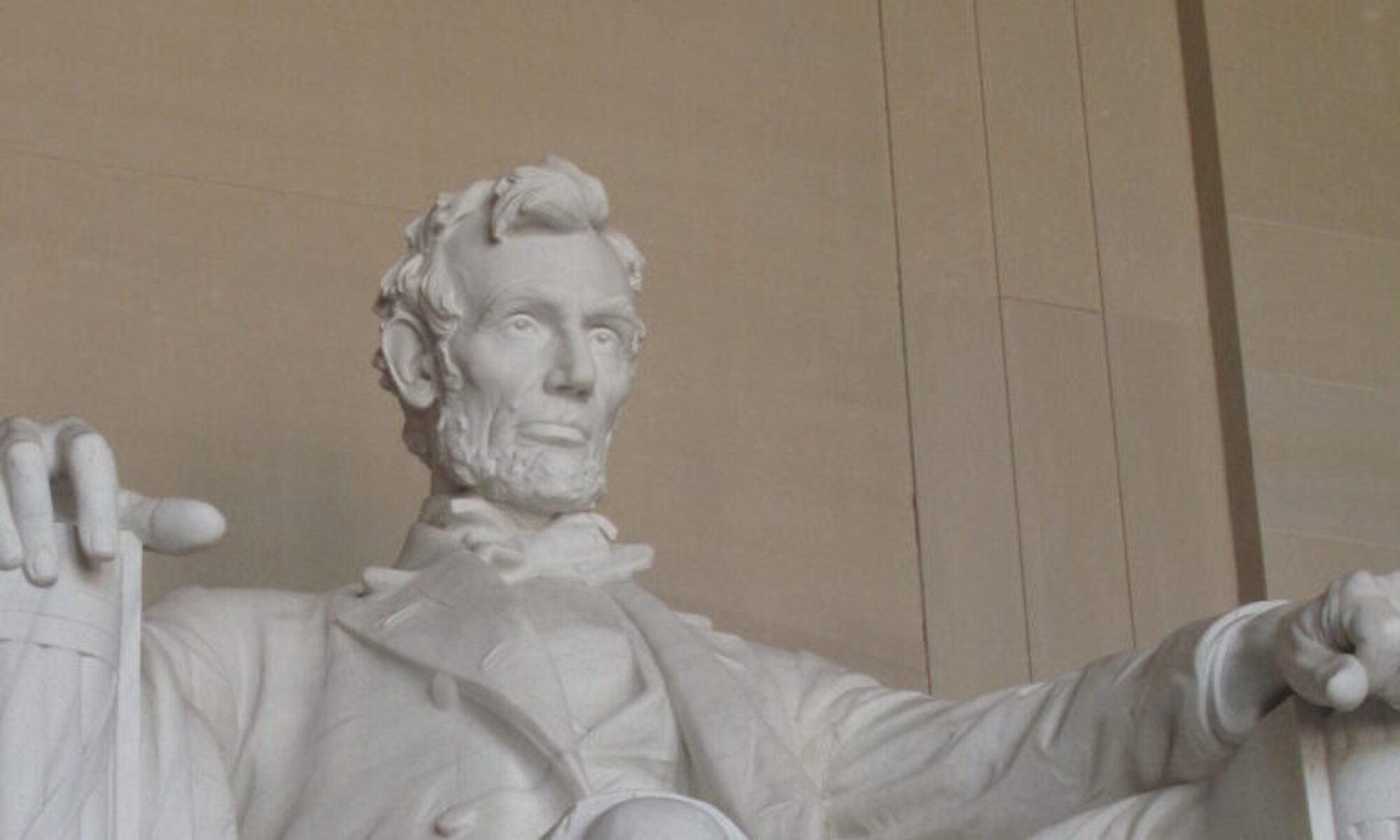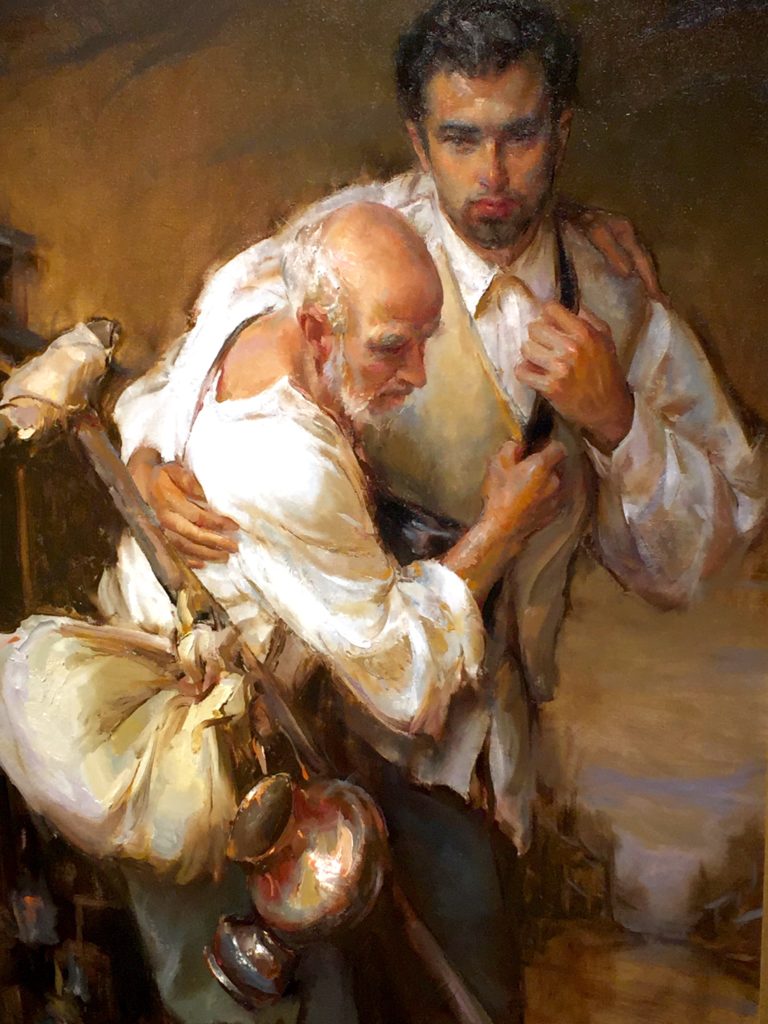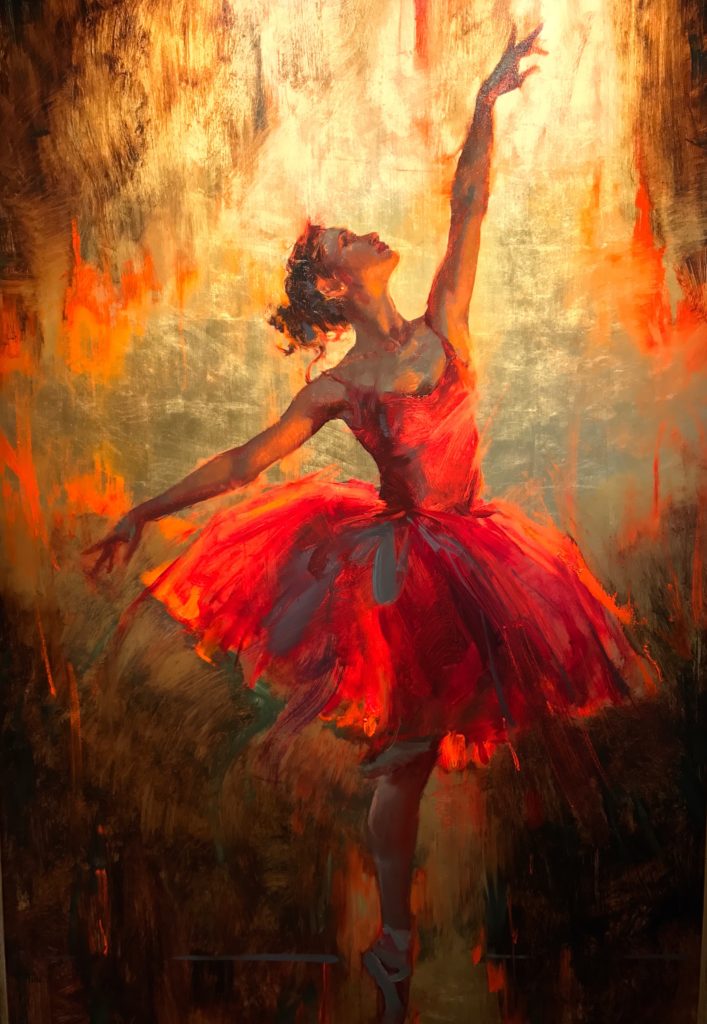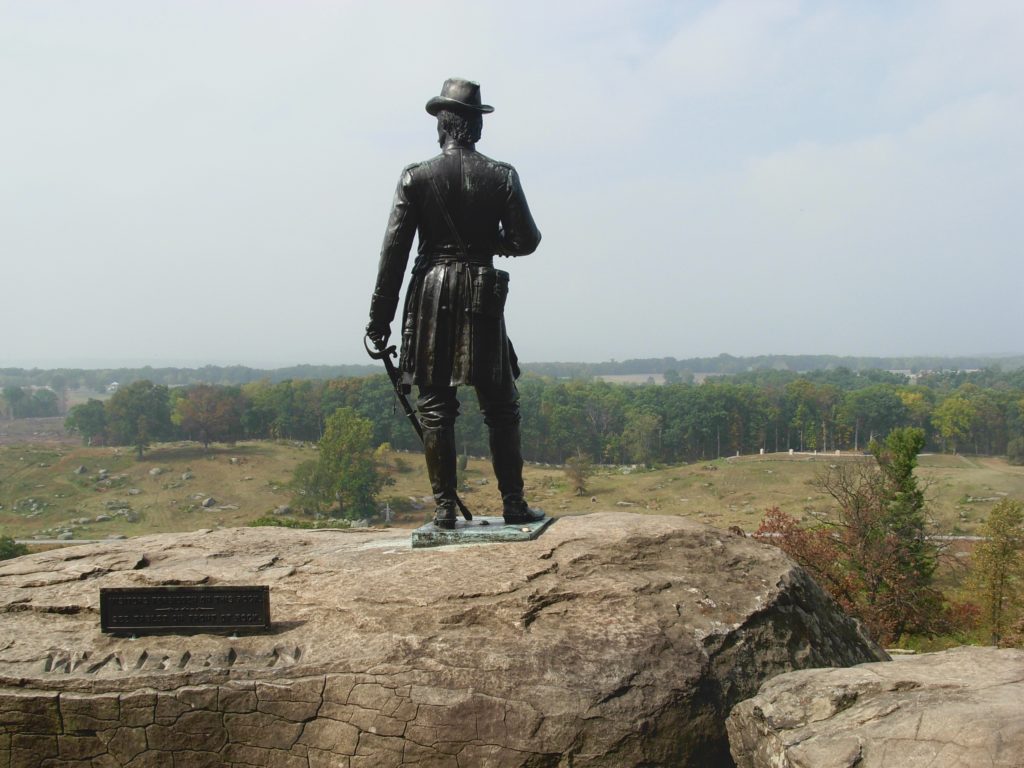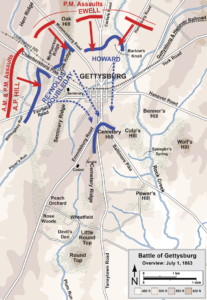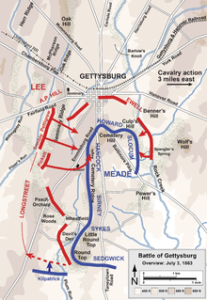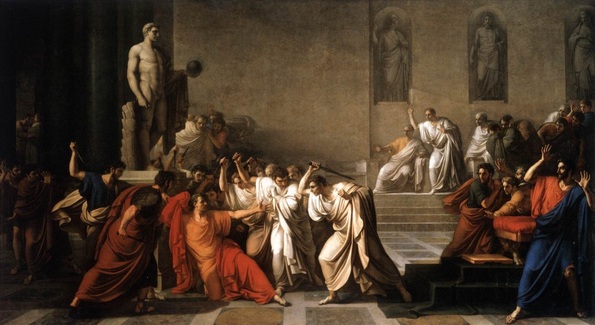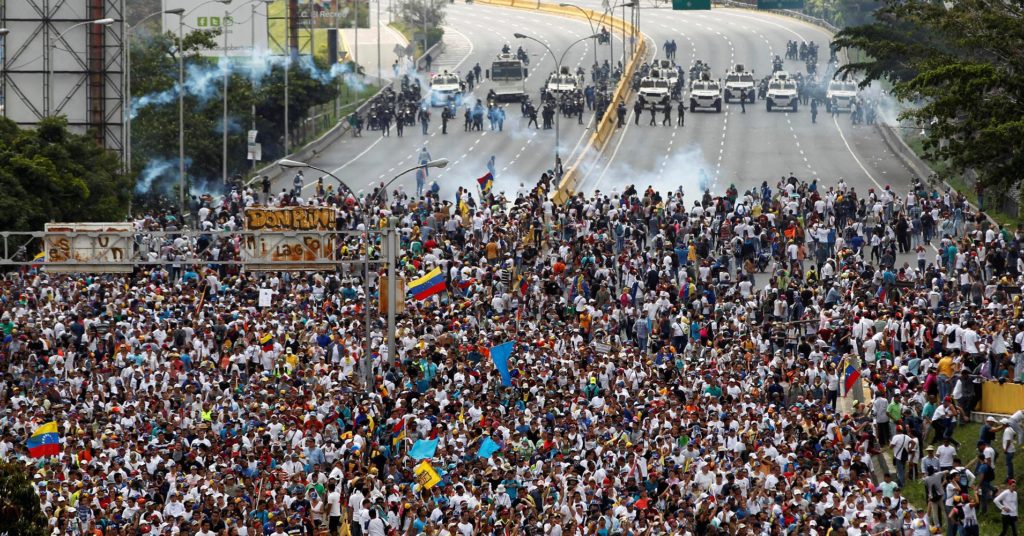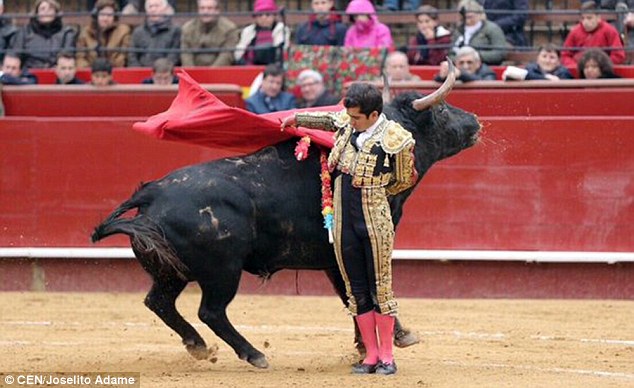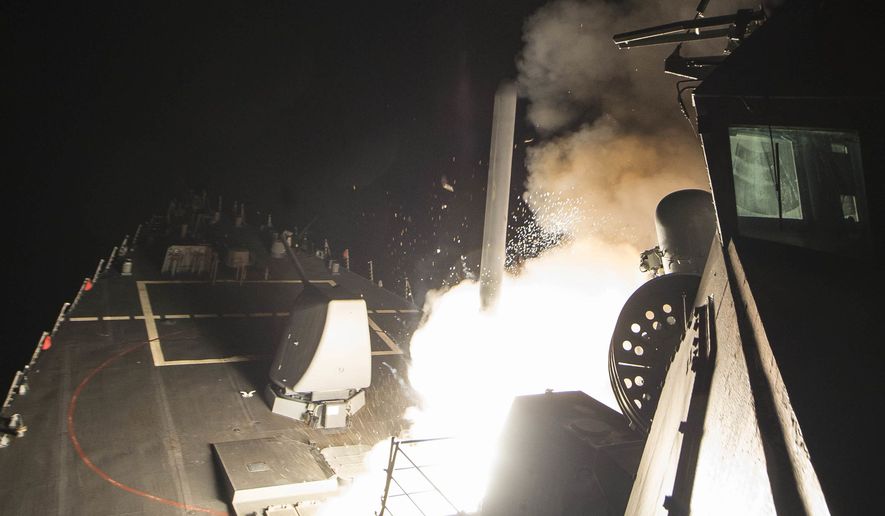
I recently had the occasion to see Director Christopher Nolan’s cinematic epic “Dunkirk”. We have been through a period in cinema , depicting heroism relegated to the contrived world of comic super heroes and steroid injected Ubermen, where courage is universal because personal risk is essentially eliminated. The real world is altogether different, where courage is usually selfless, with the recognition of one’s mortal being and the randomness and cruelty of destructive fate is ever present. Nolan has attempted to revert back to old fashioned cinematic concepts of relating historical events, more in line with the effect upon individuals of sweeping and inexorable waves of history. “Dunkirk” is told in perspective style, in which time is warped to view a simultaneous event from the perception of those on land, on water, and in the air. Nolan tells everyone’s story on the Dunkirk beach by concentrating on no one’s particular story, instead, relaying a visual masterpiece of surreal beauty, claustrophobic terror, and harrowing visual and audial tension. It is heroism on a human scale, with self preservation in conflict with duty, small gestures raised to epic scope, and helplessness at war with determination. It is a war epic in classic mode, leaving the seeds of conflict for others to tell, focusing on the innate human quality of somehow rising to the occasion, forming the mythic foundations of the human story.
Nolan’s epic, though entertaining in both its visual scope and its technical virtuosity, is strangely absent in the critical ingredient needed to attain great cinematic art, the art of telling a mythic event as an engrossing story. Nolan’s screenplay relates in intimate detail of the overwhelming sense of entrapment and helplessness of the hundreds of thousands of men clinging to the beaches of Dunkirk, but little of the story as to the reasons for their predicament, or of the heroic and determined effort of those who put them there, to get them out. It is the obvious trap of having to tell a complex story that extends over a week, in the two hours that the movie can relate, that resulted in Nolan determining to leave the tension and heroism in, and the history out. The result is, despite the brilliance on the screen, one leaves the theater with the story of the “miracle of Dunkirk” seeming vaguely flat and unsatisfying as an epic event. It is unfortunately the burden of attempting to tell history to a post historical audience, in which the assumption of knowledge of the event and consideration of its importance to our current comfort and security meets a mostly empty vessel of recognition. Without presenting the background of the event to the modern audience, now immersed in a world of casual, politically corrected facts and extremely limited awareness of history, Nolan has made “Dunkirk” into an entertaining, but at its essence, simple “disaster” movie, ultimately no more impactful than a characterless Poseidon Adventure.
Dunkirk holds more than enough epic stories to fill a serial movie treatment. The extent of the looming disaster to western civilization cannot be underestimated. The relative security and interlude of the ‘Phony War’ of the winter of 1940 came to a sudden and violent end with the Nazi war machine invading Belgium and ultimately France on May 10th, 1940. Displaying “Blitzkrieg”, the innovative and overwhelming strategy of rapid ground advancement spearheaded with tanks accompanied by devastating air support, the German Wehrmacht achieved in weeks what they could not in 4 brutal years of trench fighting in WWI, the encirclement of the entire British Expeditionary Force in Europe, along with the residual of the French army, in a small enclave in northwest France. The only means of escape were the ports, and with the rapid loss of Boulogne and Calais, there was left only a small salient around Dunkirk, ten miles from the Belgian border. Over 400,000 British and French forces were bottled up against the coast with diminishing supplies and overwhelming opposition pinching from the flanks. A near total loss of the critically trained foundation of the British Army was imminent. The developing catastrophe had caused the prime ministership of Neville Chamberlain to fall, with the massive responsibility and enormous consequences of failure now assigned to his replacement, Winston Churchill. Loss of the expeditionary army of 300,000 men and equipment would likely leave the British homeland prostrate before the multi-faceted superiority of the German war machine. The future survival of recognizable western civilization lay in the balance.
Pushed against the ocean in Dunkirk, the thousands of men lay inexorably trapped against the artillery from the surrounding enemy and the vicious strafing from the Luftwaffe from above. The small silver lining was the curious decision of the German forces at the end of May to halt tank advancement against the Dunkirk enclave, believing the surroundings not conducive to tanks due to marshes, and rely upon the air force to prevent extraction from the sea and devastate the residual force from the air. This provided a small amount of breathing space for a complex and coordinated heroic attempt to hold off the Germans long enough to evacuate as many as could be evacuated by sea.
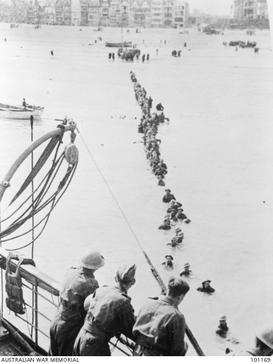
Nicknamed Operation Dynamo, the plan consisted of a barricade of predominantly French troops to prevent German ground forces from entering Dunkirk while coordinated landings of the bulk of the British fleet at the Dunkirk port would remove soldiers under the relative security of British air cover. The evacuations started on the 25th of May, and the onset of the plan was fully realized on the 26th. The ominous goal of perhaps removing at most, 10% of the trapped troops, 40,000 men, was the hope of Churchill and his planning team.
The difficulty of the plan, both in scope and in diminishing available time, rapidly increased the chaos at the beaches. Incoming boats with drafts too deep for the shallow waters of the harbor proved inadequate and slow for the process, and were vulnerable to both air attack and u-boat packs, with brutal losses of ships and men. The inner harbor was soon abandoned for the outer breakers, or moles, where men could more efficiently organize and board, though no less vulnerable to strafing attack, as harrowingly visualized in the movie. The mythic part of the evacuation was the participation of many British citizen sailors manning hundreds of small craft, known as the “little boats”, including the motorized life boat pictured at the top of this essay. This motley armada braved seas, minefields, u-boats and strafing aircraft to pick up and deliver home tens of thousands of additional soldiers.
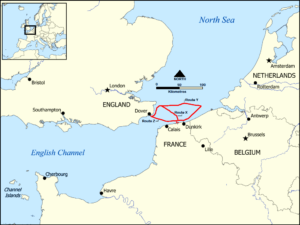
The tremulous dribble of troops out of Dunkirk soon turned into a flood, with at its height as many as 2500 troops an hour evacuated. By June 4th, in stunning fashion, over 338,200 British and French soldiers had been rescued and returned to the homeland, to be positioned to help defend the homeland and, maybe one day, reverse the tide against the Germans.
The losses to achieve the ‘miracle at Dunkirk’ were immense. Losses of thousands of defender’s lives, over 100 airplanes and crew, and 226 of 693 participating ships were sacrificed to accomplish the stunning feat. The collapse of the residual French army and the established hegemony over the mass of the European continent by the Nazi dictator was soon achieved. Churchill recognized the reality in his comments to the House of Commons on June 4th, 1940, regarding the Dunkirk evacuation:
What has happened is a miracle of deliverance, but we must be very careful not to assign this deliverance the attributes of victory. Wars are not won by evacuations.”
A movie like Christopher Nolan’s “Dunkirk” provides a ‘you are there’ realism that can be achieved by no other medium. The movie pulls at your fears and elevates your senses to bring the immediacy of an event alive and current. What the movie does not do is frame the “how and why” of history, bringing meaning to sacrifice and perspective as to the outcome. The immense scope of the endeavor and a nation’s gritty and determined effort to succeed against all odds, from its leadership on down to the most common of men, is the real survival story of Dunkirk. The participation of the whole and the sacrifice of blood, sweat and tears for principles that define events such as Dunkirk in the stirring tale of history. Our post – historical world can only emotionally experience the tragedy of individual loss, too superficially cognizant in their civilization’s history to acknowledge the bounty of human achievement preserved for future generations in such moments. Our current willingness to be ignorant of history makes us susceptible to emotionally resign to a life of personal security for the greater intellectual demands of a life of meaning. Dunkirk reminds us that giving in when there is hope is giving up our humanity. Across the ocean lies a better future, if we are willing to dream.
